Introduction
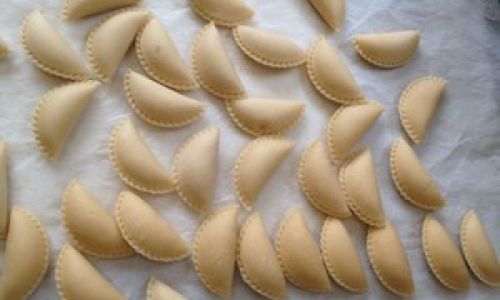
Empanadas are a beloved pastry found across various Latin American countries, each region boasting its unique flavor and filling. Whether savory or sweet, these golden, crispy turnovers are a delightful treat that can be enjoyed at any time of the day. From the traditional Argentine empanadas filled with meat and hard-boiled eggs to the Venezuelan versions stuffed with cheese and guacamole, the versatility of empanadas knows no bounds. In this comprehensive guide, we will delve into the art of making delicious empanadas, focusing on the classic savory version. By following these detailed steps, you’ll be able to create your own homemade empanadas that are sure to impress family and friends.
Section 1: Understanding the Basics
Before diving into the recipe, it’s essential to understand the fundamental components of empanadas. The dough, known as masa in some regions, forms the foundation of these delicious pastries. Typically made from flour, water, salt, and sometimes butter or shortening, the dough should be pliable yet firm enough to hold the fillings without breaking. The fillings, on the other hand, can range from ground beef and vegetables to chicken and cheese, offering endless possibilities for customization.
Section 2: Gathering Ingredients
To make traditional savory empanadas, you’ll need the following ingredients:
-
For the Dough:
- 2 1/2 cups all-purpose flour
- 1 teaspoon salt
- 1/2 cup unsalted butter, chilled and cubed
- 1/4 cup ice water (plus more if needed)
- 1 large egg yolk (for egg wash)
-
For the Filling:
- 1 pound ground beef
- 1 small onion, finely chopped
- 2 cloves garlic, minced
- 1 medium tomato, finely chopped
- 1/2 cup green olives, pitted and chopped
- 1/4 cup raisins (optional, for added sweetness)
- 1 teaspoon ground cumin
- 1 teaspoon smoked paprika
- Salt and pepper to taste
- 1/4 cup fresh parsley, finely chopped
- 1 large egg (for binding)
-
For Serving:
- Olive oil or vegetable oil for frying
- Your favorite dipping sauce (such as chimichurri, salsa, or guacamole)
Section 3: Making the Dough
-
Prepare the Ingredients:
Begin by measuring out all your ingredients and ensuring the butter is chilled and cubed. Cold butter is crucial for creating a flaky dough. -
Combine Dry Ingredients:
In a large mixing bowl, whisk together the flour and salt until well combined. -
Add the Butter:
Scatter the chilled butter cubes over the flour mixture. Using a pastry cutter or your hands, cut the butter into the flour until the mixture resembles coarse crumbs. Be careful not to overwork the dough at this stage, as this can lead to a tough texture. -
Add Water:
Gradually add the ice water, one tablespoon at a time, mixing gently with a fork until the dough starts to come together. If the dough is too dry, add a bit more water, one teaspoon at a time, until you achieve a soft, pliable dough that is not sticky. -
Form the Dough:
Transfer the dough onto a lightly floured surface and knead gently for about 8-10 times until it forms a smooth ball. Avoid over-kneading, as this can make the dough tough. -
Rest the Dough:
Wrap the dough in plastic wrap and let it rest in the refrigerator for at least 30 minutes. This resting period allows the gluten to relax, making the dough easier to roll out without shrinking.
Section 4: Preparing the Filling
-
Cook the Ground Beef:
In a large skillet over medium heat, add a tablespoon of olive oil. Once hot, add the finely chopped onion and cook until translucent, about 3-4 minutes. Add the minced garlic and cook for another minute until fragrant. -
Add the Ground Beef:
Push the onions and garlic to one side of the skillet and add the ground beef to the other side. Cook the beef, breaking it apart with a wooden spoon, until it’s browned all over, about 5-7 minutes. -
Season the Beef:
Stir in the chopped tomato, green olives, raisins (if using), ground cumin, smoked paprika, salt, and pepper. Cook for another 5 minutes, stirring occasionally, until the mixture is well combined and the flavors have melded together. -
Finish the Filling:
Remove the skillet from heat and stir in the finely chopped parsley. Let the filling cool completely before using it to fill the empanadas. This prevents the dough from becoming soggy during baking.
Section 5: Shaping the Empanadas
-
Roll Out the Dough:
Once the dough has rested, divide it into two equal portions. On a lightly floured surface, roll out one portion into a thin circle, about 1/8 inch thick. Use a pizza cutter or knife to cut the dough into 6-inch diameter circles. You can also use a cookie cutter or the top of a glass to achieve uniform shapes. -
Add the Filling:
Place about 2-3 tablespoons of the cooled filling in the center of each dough circle. Be careful not to overfill, as this can make it difficult to seal the empanadas properly. -
Seal the Empanadas:
Fold the dough over the filling to form a half-moon shape. Use your fingers or a fork to crimp the edges together, ensuring they are securely sealed. For a decorative touch, you can use the tines of a fork to create a pattern along the edges. -
Repeat with Remaining Dough:
Roll out the second portion of dough and repeat the process until all the dough and filling are used up.
Section 6: Baking or Frying the Empanadas
You have the option to bake or fry your empanadas. Here’s how to do both:
Baking Method:
-
Preheat the Oven:
Preheat your oven to 375°F (190°C). -
Prepare for Baking:
Place the sealed empanadas on a baking sheet lined with parchment paper. Brush the tops with the beaten egg yolk (egg wash) for a glossy finish.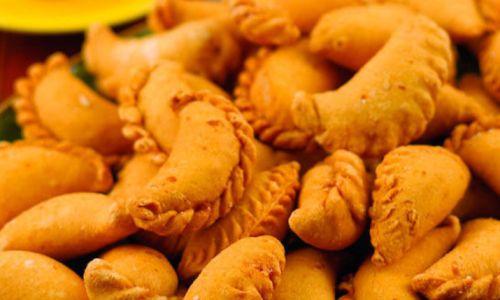
-
Bake:
Bake in the preheated oven for about 20-25 minutes, or until the empanadas are golden brown and cooked through. Remove from the oven and let them cool slightly before serving.
Frying Method:
-
Heat the Oil:
Pour enough olive oil or vegetable oil into a deep frying pan to reach a depth of about 2 inches. Heat the oil over medium-high heat until it reaches 350°F (175°C). -
Fry the Empanadas:
Carefully place a few empanadas in the hot oil, being careful not to overcrowd the pan. Fry for about 3-4 minutes per side, or until they are golden brown and cooked through. Use a slotted spoon to remove the empanadas from the oil and let them drain on a plate lined with paper towels. -
Repeat:
Repeat the frying process with the remaining empanadas, adjusting the heat as necessary to maintain the oil temperature.
Section 7: Serving Your Empanadas
Once your empanadas are baked or fried to perfection, it’s time to serve them. Here are a few serving suggestions:
-
Pair with Dipping Sauces:
Serve your empanadas warm with your favorite dipping sauce. Chimichurri, salsa, guacamole, or even a simple yogurt-based sauce can elevate the flavor profile. -
Garnish:
Add a sprinkle of fresh parsley, chopped green onions, or a dollop of sour cream for an extra touch of freshness. -
Accompaniments:
Pair your empanadas with a side of rice, beans, or a fresh green salad for a complete meal.
Conclusion
Making empanadas may seem like a daunting task, but with this detailed guide, you’ll find that it’s a rewarding and enjoyable process. From the flaky dough to the flavorful filling, each step contributes to the final delicious result. Whether you choose to bake or fry your empanadas, they are sure to become a hit at your next gathering. So, gather your ingredients, roll up your sleeves, and start creating your own homemade empanadas today. Enjoy the process and the delicious outcome!
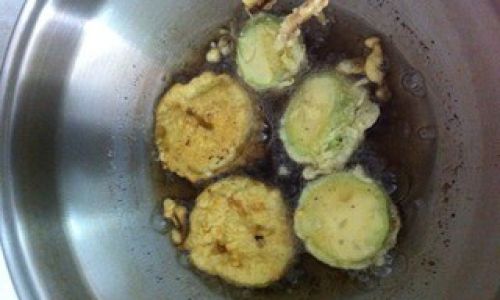
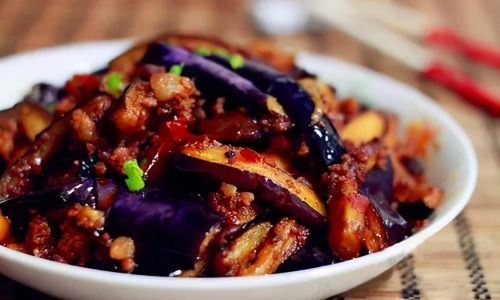
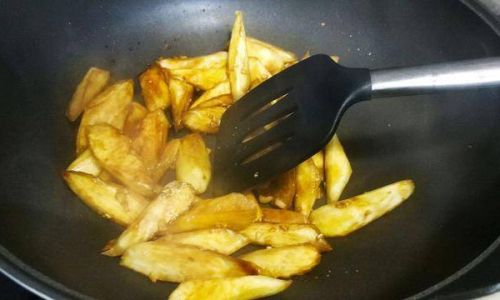
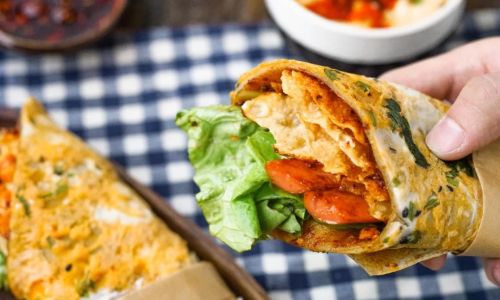
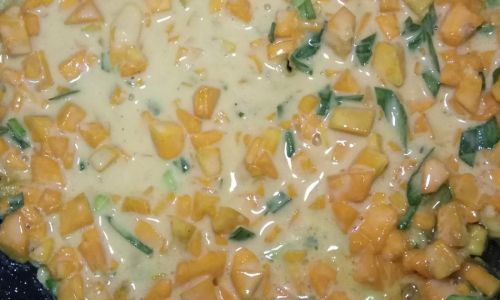

0 comments